How the Grass Grows
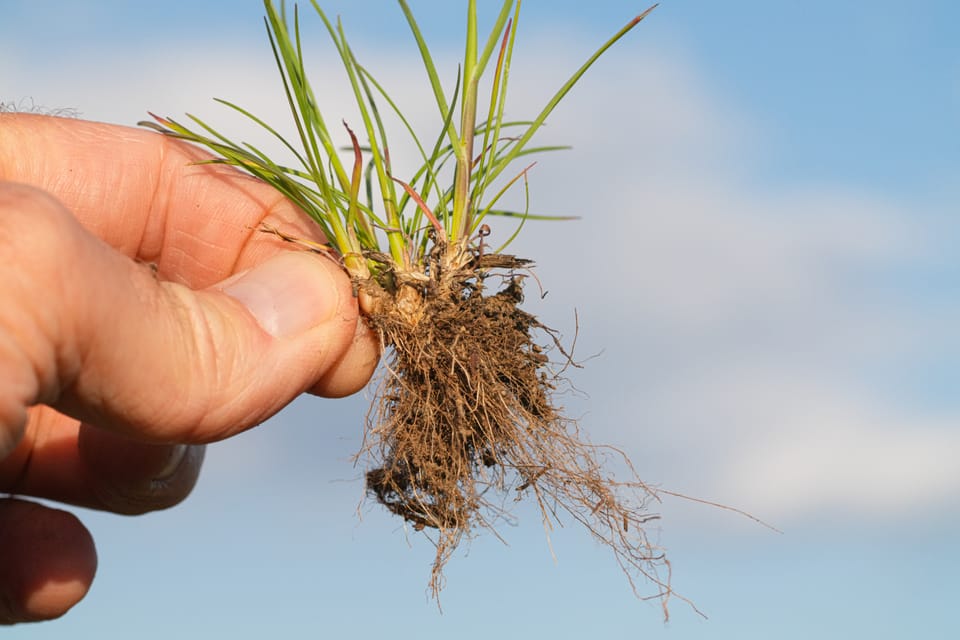
From a distance, lawns and meadows may look uniform and monotonous, but grasses have capitalized on their remarkable adaptations to become one of the Earth's most versatile and successful life forms.
If there is any doubt that grasses are successful, consider the fact that they dominate over 30% of the Earth's land surfaces and are a ubiquitous element in virtually all of the Earth's terrestrial ecosystems.
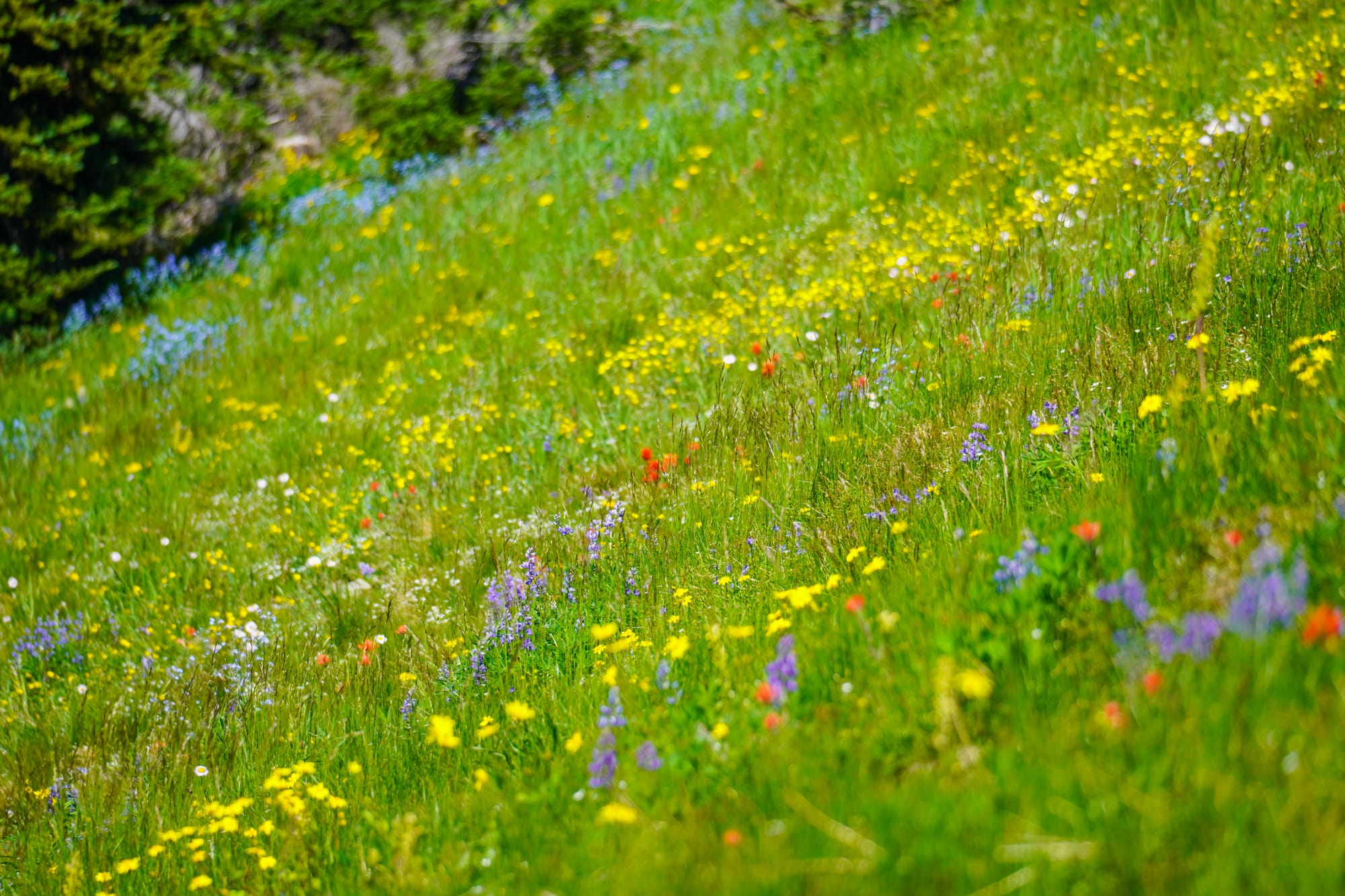
Even more amazing, grasslands are phenomenally productive, channeling the sun's energy into prodigious amounts of easily digestible foods that support the Earth's greatest concentrations of animals, from the Great Plains of North America to Africa's famous savannas to the vast grasslands of Central Asia.
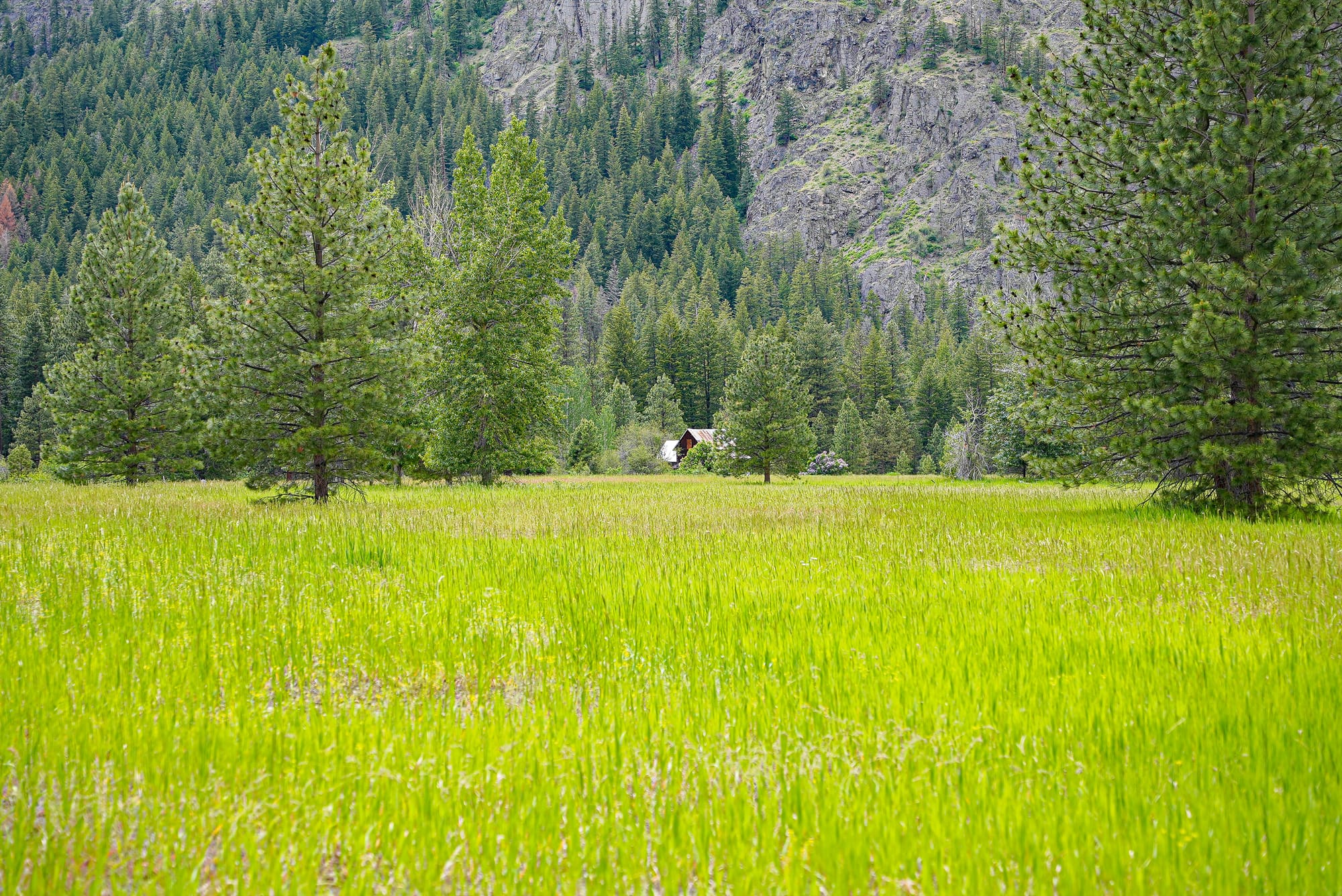
We see grasses and grasslands all around us, but have you ever wondered why they are so successful?

Ultimately, the biggest challenge facing plants is that they produce nutritious, sugar-rich leaves and plant tissues that lots of animals want to eat. Even worse, nearly all plants, except grasses and a few other groups, produce new tissues from the tips of their stems and branches. This exposes these fresh, tasty, highly nutritious tissues on the outer perimeter of a plant's canopy and forces plants do everything they can to protect these tissues.
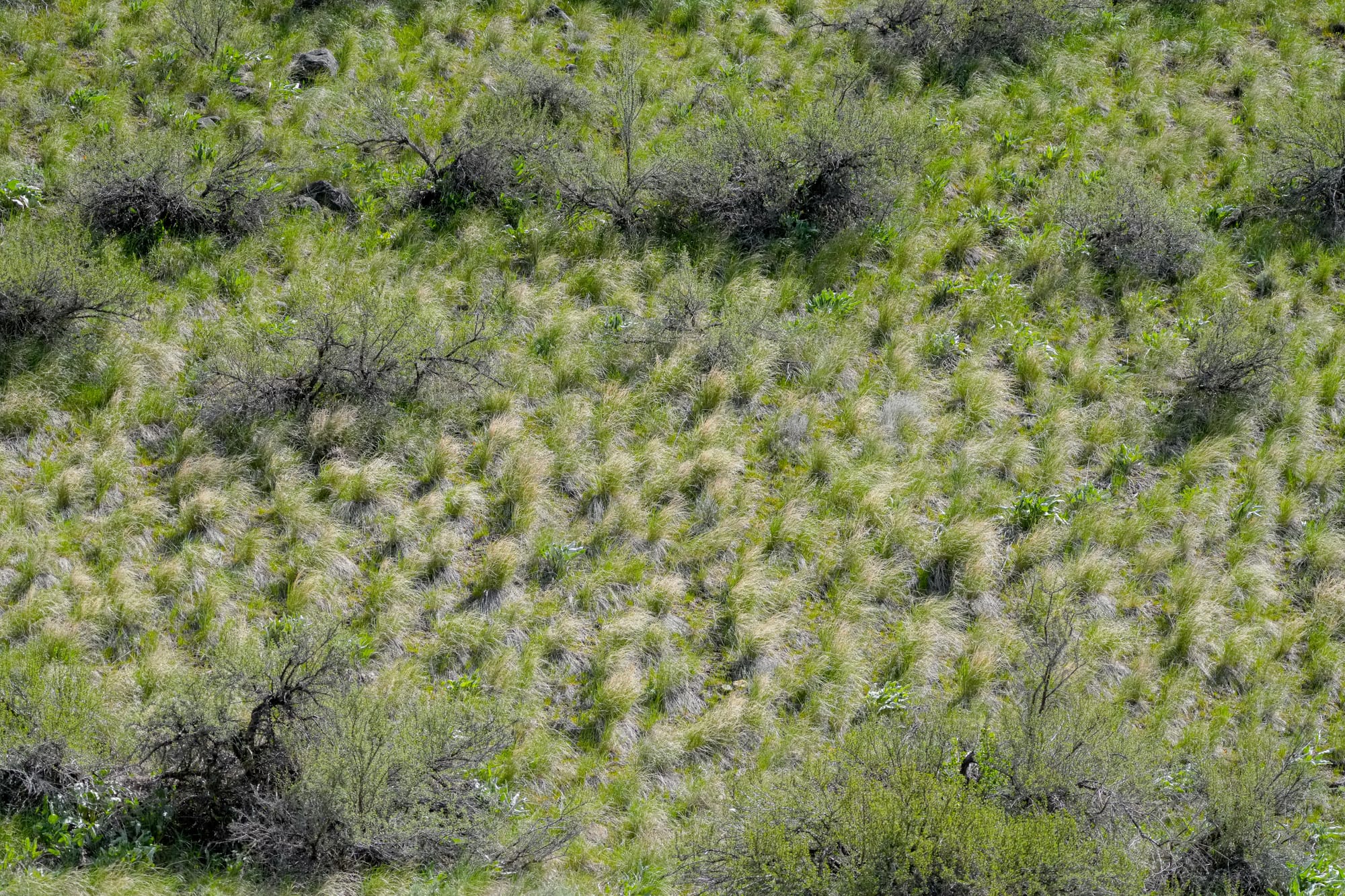
In general, plants solve this problem by either producing woody stems and growing taller than the animals that eat them or by infusing their tissues with indigestible chemicals. Unfortunately, both of these options are energetically expensive and limit the productivity of plants that rely on these strategies.
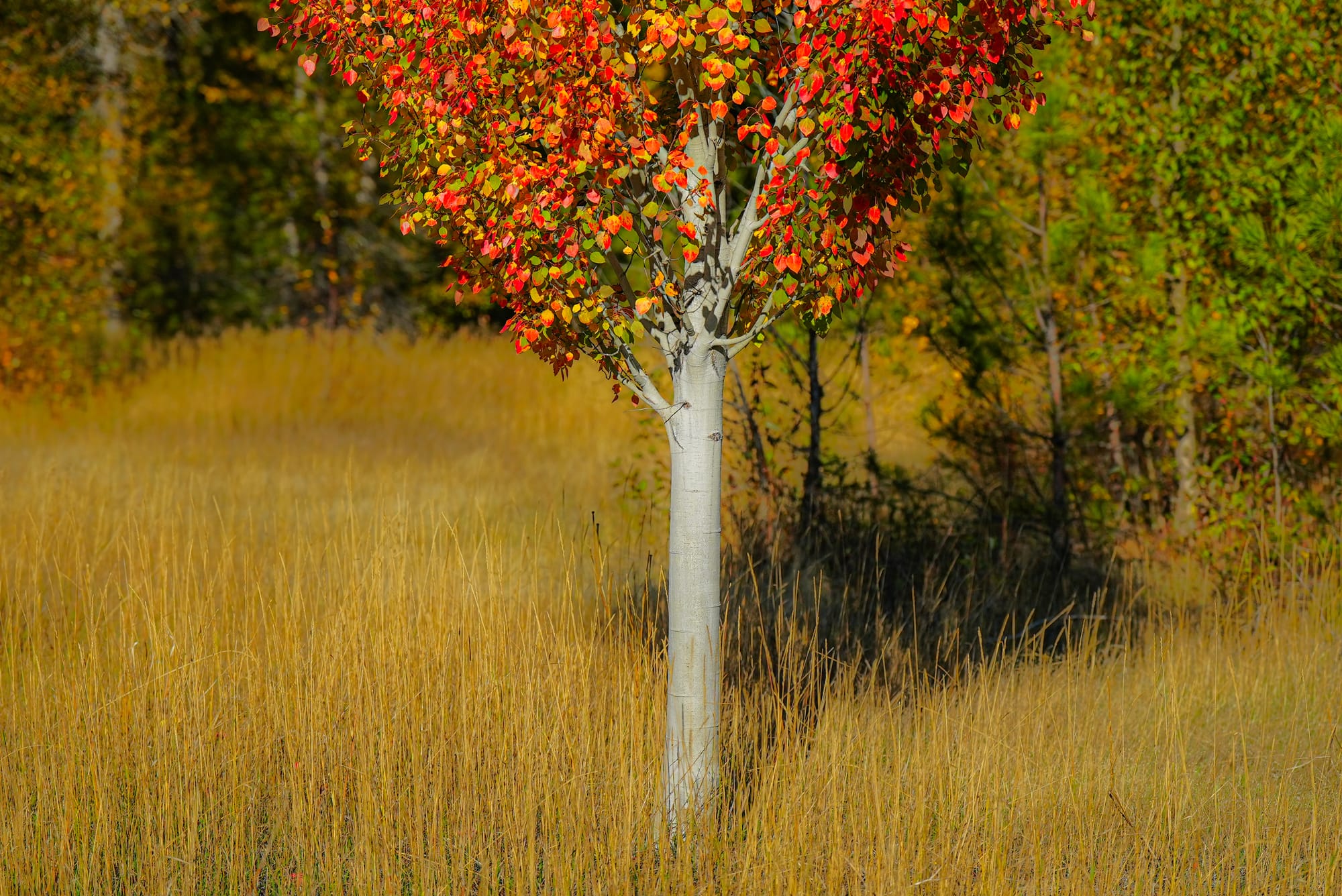
Grasses have instead taken an entirely different approach. Rather than growing from the exposed tips of their stems, grasses hide their valuable meristematic structures (where new growth happens) in underground buds and then grow upwards from these tissues. Because grasses grow continually from the base, this means they can afford to lose large portions of their leaves and don't have to have to protect them.

Yes, it's costly when your leaves are consumed by grazing animals and insects, but grasses save energy by not producing expensive woody stems or chemical defenses. Instead, grasses store energy in their massive root systems, and can then use this energy to quickly replace leaves that are eaten.
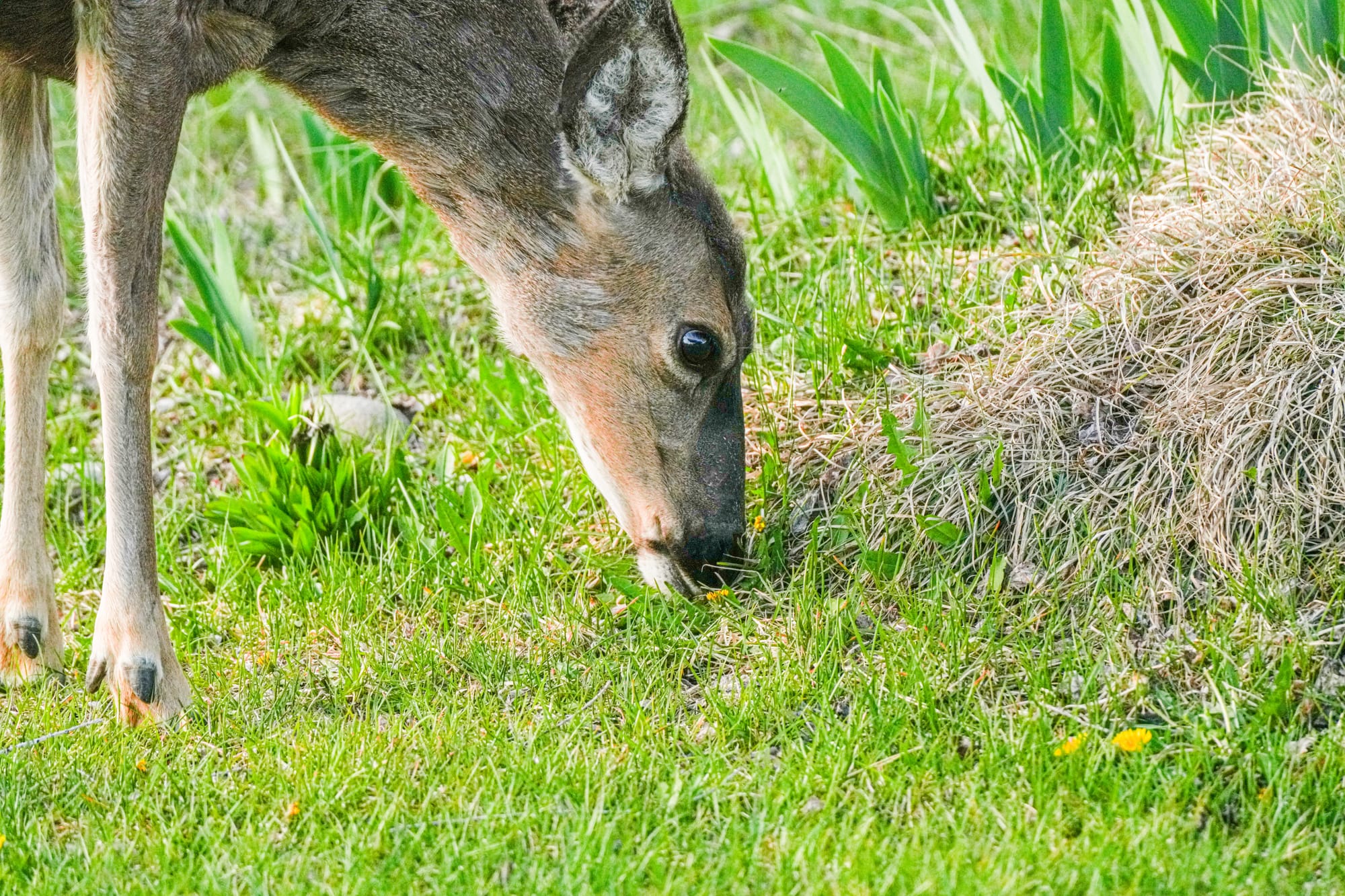
It's hard to appreciate just how important root systems are for grasses, but 85% of the energy that grasses produce is stored in their roots and their root biomass can be 13x greater than all the stems and leaves we see aboveground.
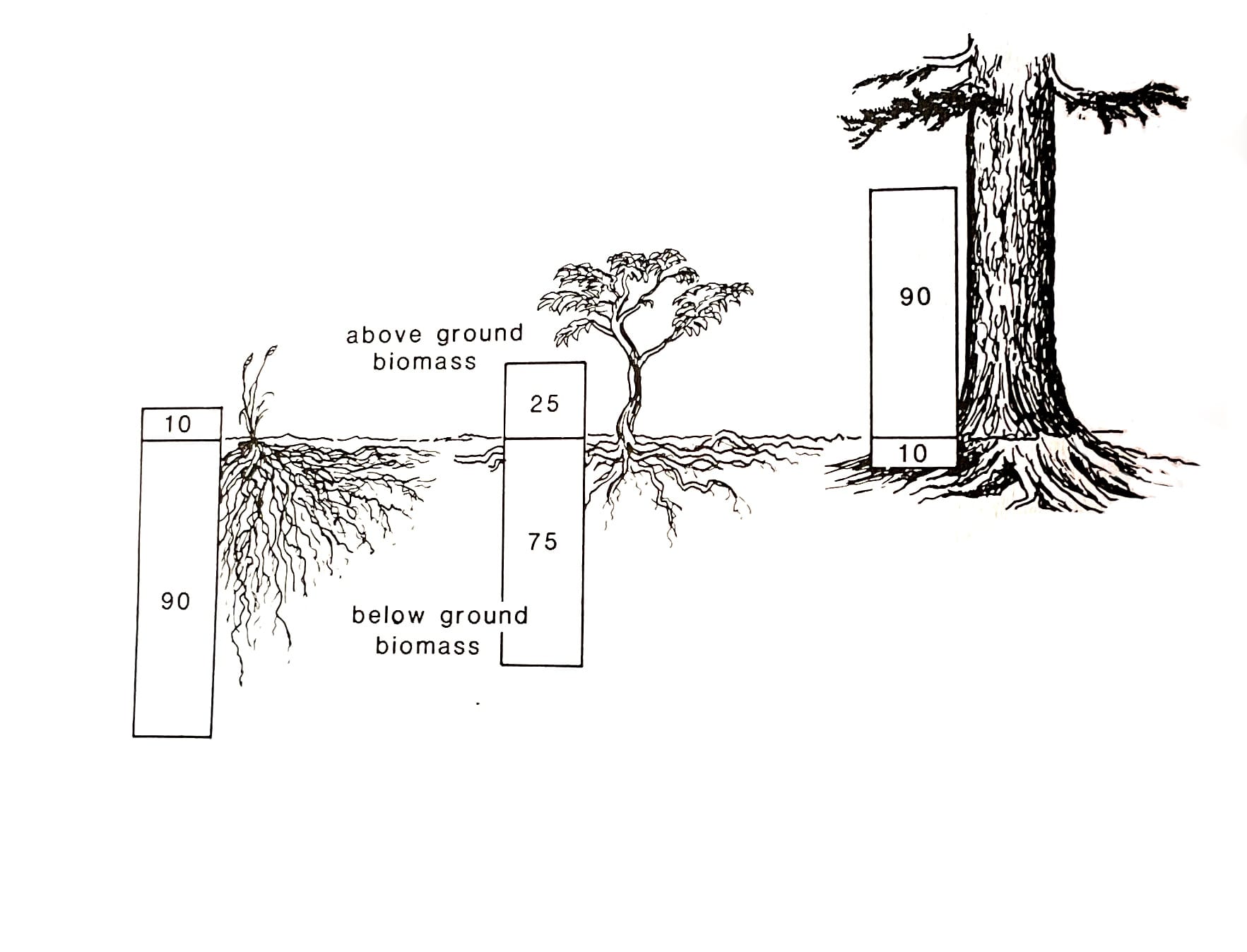
In one backbreaking study, scientists documented a ryegrass plant producing 7000 miles of roots and root hairs in a single four-month growing season!
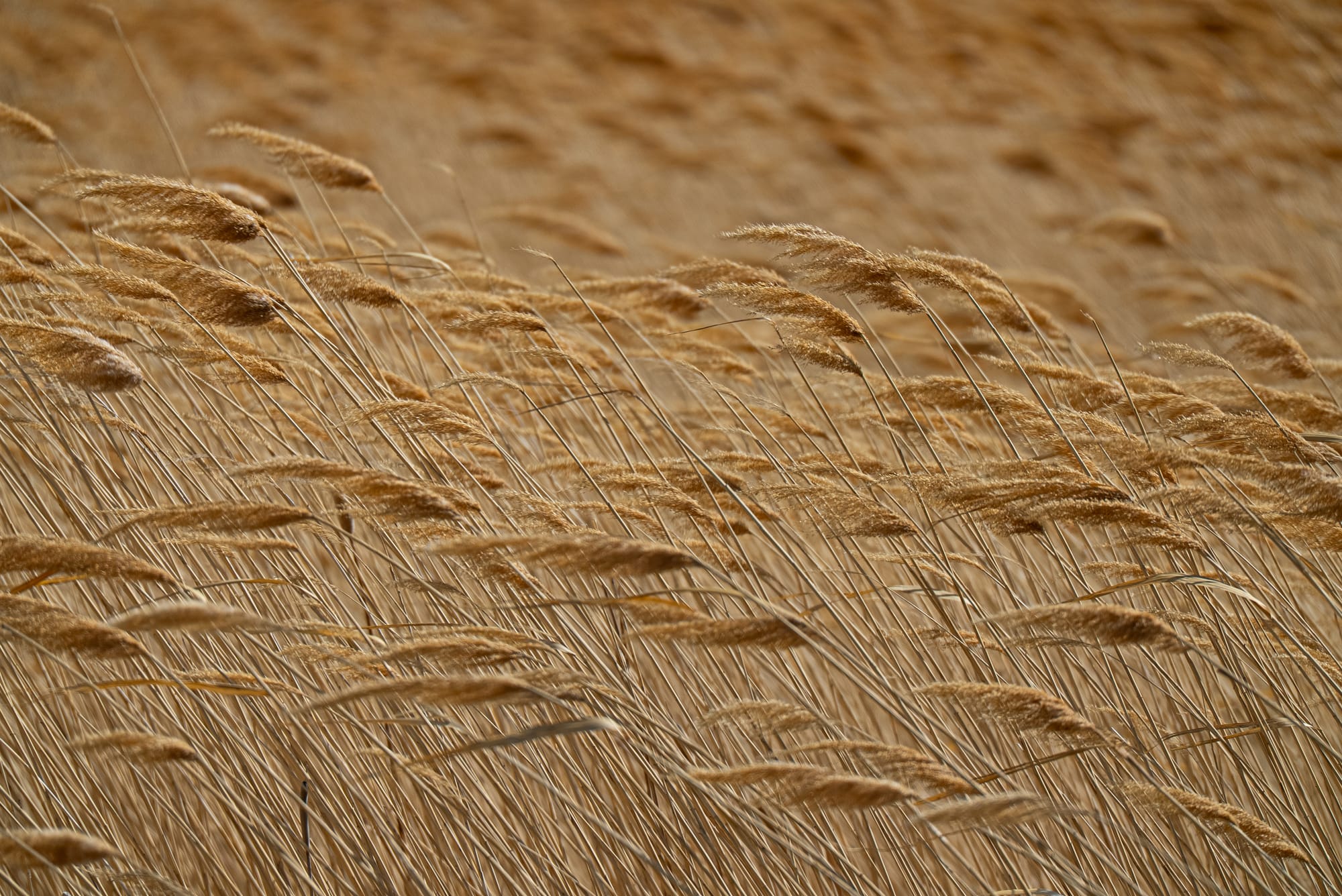
Grasses might be low and vulnerable, but rather than hiding from this hard truth, they've embraced it as part of their lifestyle—and gone on to become one of the most successful life forms on Earth.

Bonus Reading:
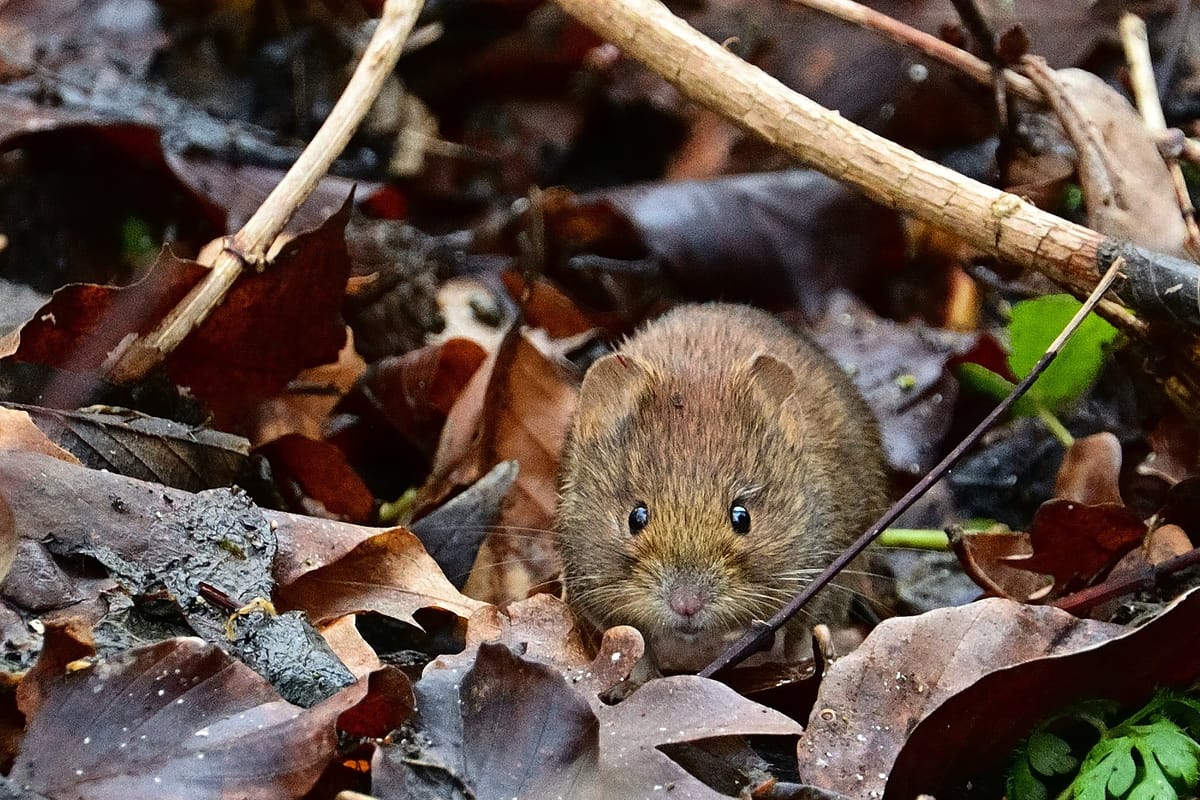


Member discussion